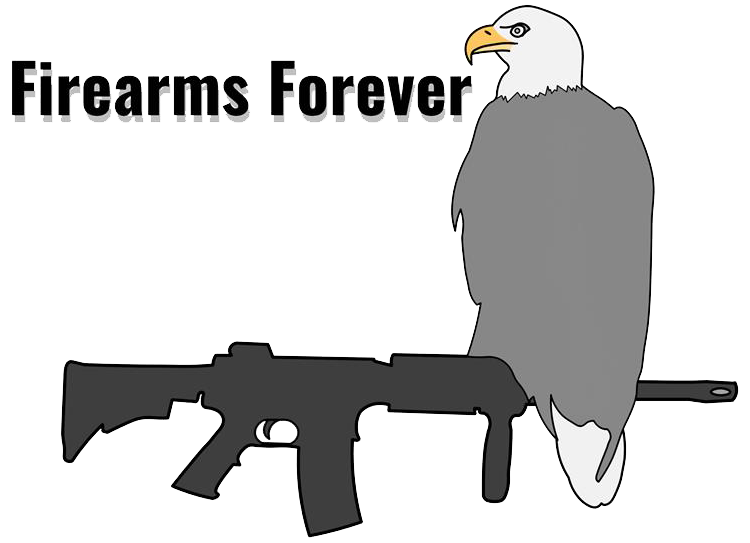Aiming is not simply a matter of visual alignment it’s a full body commitment. Your brain stitches together what your eyes see with what your body feels; like muscle contraction, tendon tension, joint angle and mixes that with balance info from the inner ear.
Your body has field gear for this: stretch sensors in the muscles tell the brain how tightened or loose things are, tendon sensors tell you how much pull you’ve got on the gun and joint receptors tell you how bent or straight your arm is. Skin sensors on your hand pick up the tiny slips and pressure changes so your grip stays stable but not crushing. The inner ear keeps track of head tilt and motion so the sight picture isn’t ruined when you sway. All those input streams feed a running internal map of where the gun actually sits in space, and that map is what your brain uses to make the small, precise micro-corrections that keep the sights aligned.
The Vision Thing
Vision does the heavy lifting via hard target focus. The visual pathways convert depth, focus and motion cues into coordinates the motor system can act on. Depth from your two eyes, tiny motion on the retina, and where your gaze falls get routed into the parts of the brain that point the arm and hand. Your eyes aren’t statues — little involuntary flicks sharpen fixation, smooth tracking follows moving things, and reflexes cancel head motion so the image doesn’t smear. At the same time, the brain runs internal predictions about where the sights will land — a quick simulation that gets your muscles moving before the slower visual feedback catches up. That prediction-plus-correction loop is the reason good shooters anticipate and refine rather than waiting for the world to catch up.
When the gun becomes part of your arm it’s just physics: a lever with mass and inertia. The shoulder, elbow, wrist and scapula all have to stabilize that lever. The nervous system will often stiffen opposing muscles (co-contract) to make joints more rigid and reduce wobble; that works, but it costs energy and can make you even more jittery if you overdo it.
Get A Grip
Grip sensors balance stopping micro-slips against making the gun move in recoil. Recoil itself is handled with a pre-shot brace and a sequence of reflexive fixes: spine and spinal reflexes take the first hit in milliseconds, then cerebellar circuits smooth things out after. With consistent training those corrections get wired into the motor system. New shooters check the sight with their eyes; experienced shooters let prediction and refined motor programs do the job subconsciously.
Elite shooters know that “Tension kills performance.” Mental tension hijacks the whole chain. When you get anxious, baseline muscle tone rises and co-contraction spikes — the arm becomes stiffer and the sight line more prone to micro-oscillations. That stiffness raises the mechanical noise in the system, so what used to be fine tremor becomes visible wobble.
Stress-Free Shooting
On the inside, stress changes how the body’s sensors behave. When tension ramps up, the gain on stretch sensors shifts and your sense of joint angle and velocity can be distorted, so the internal map of the gun’s coordinates gets fuzzier. Stress hormones like noradrenaline and cortisol push the frontal brain into rigid, top-down control, which reduces the flexibility of predictive motor programs and blunts the cerebellum’s ability to adapt and correct systematic errors. Perceptually, anxiety narrows your attention and increases tiny unwanted eye movements — the little jumps that destroy a clean sight picture — so your ocular focus (foveal image) becomes unstable and the visual error signals you depend on look worse.
All of these things hurt prediction. The brain’s internal copy of motor commands and its forward models, the short simulations that tell you what will happen when you move, become less reliable, so you end up correcting after the fact instead of preempting errors. That’s a slower, higher-variance control method. Bottom line – tension makes your muscles stiff and shaky, the body’s position sensors lie a little, your eyes get jumpy and attention tunnels, and your brain’s predictions short-circuit — which turns precise aiming into noisy, slow, unreliable control.
Relieve tension by moving the nervous system off fight-or-flight and toward rest. Slow, cyclical diaphragmatic breathing — slow in, longer out through the nose — activates vagal pathways and brings down heart rate and baseline muscle tone. Lower muscle tone means less unnecessary co-contraction, which lowers the signal-dependent noise that shows up as micro-jitters in the sight picture. Pro tip: Breathe slow, calm your mind and body and the hands stop being so twitchy.
Add mental and attentional focus. Open monitoring — a broad, relaxed awareness of body and environment before you break the shot — regulate attention and stabilize vision. These methods reduce tiny unwanted eye movements and give your brain a cleaner retinal signal to work with. The result: the dorsal visual pathway gets a better picture of where the sights are relative to the target. Pro tip: steady your eyes and attention, and the hand-eye loop becomes far more reliable.
Lower The Tension
Decreasing tension allows your brain to learn better. With less noradrenaline and cortisol, the cerebellum, motor cortex and basal ganglia can build cleaner forward models — more accurate internal simulations of movement outcomes. That speeds the transition from slow, reactive conscious correction to rapid, predictive, subconscious control.
As these predictions get sharper you will need fewer reactive corrections. Aiming becomes a less conscious effort and more energy efficient. Calmly place the muzzle in the middle of the intended target area and allow your brain box to do the rest. This builds consistent good habits so aiming runs quietly in the background even when you’re shooting under stress.
Read the full article here



